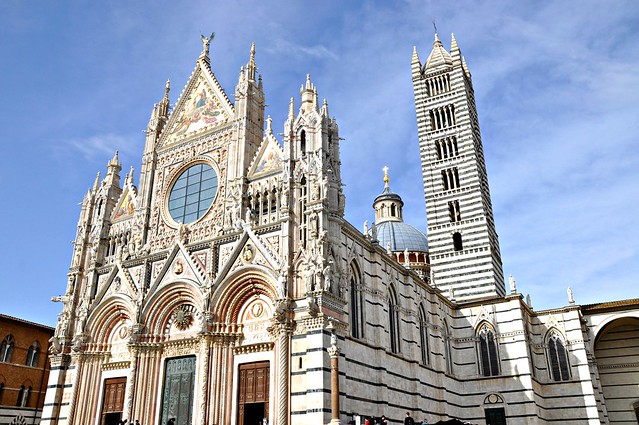
Dentro da grande rivalidade que sempre existiu entre Florença e Siena para mim há uma coisa garantida, o melhor Duomo é o de Siena. Nem sei se são comparáveis, o da primeira cidade é um esplendor por fora e quase uma decepção por dentro (eu sei que embirrei com o Duomo de Florença) mas este pode não impressionar tanto por fora mas não deixa de interessante e quando entras a admiração é tal que acho que aquí sim apanhei o Síndrome de Stendhal. (Atenção este post é longo)
Within the great rivalry that has always existed between Florence and Siena for me there is one thing guaranteed, the best Duomo is the one of Siena. I do not know if they are comparable, the first is all about a splendorous outside and almost a disappointment inside (I know I have been picking on Florence's Duomo) but this may not impress much on the outside but it is nonetheless interesting and when you enter the admiration is such that here I think I caught the Stendhal Syndrome. (Please note this post is long)
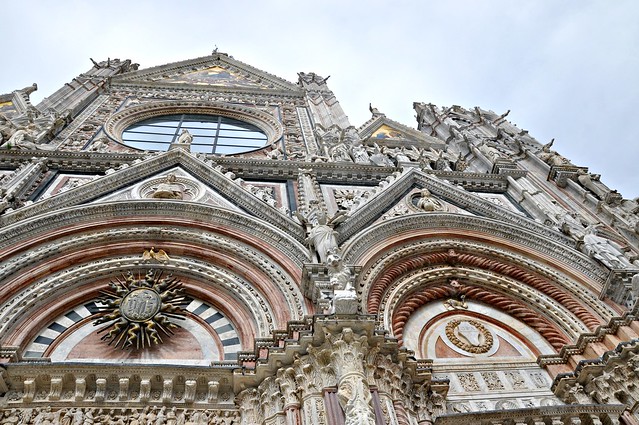
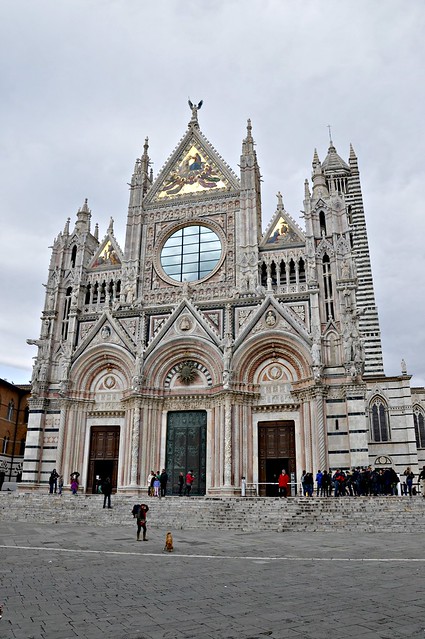

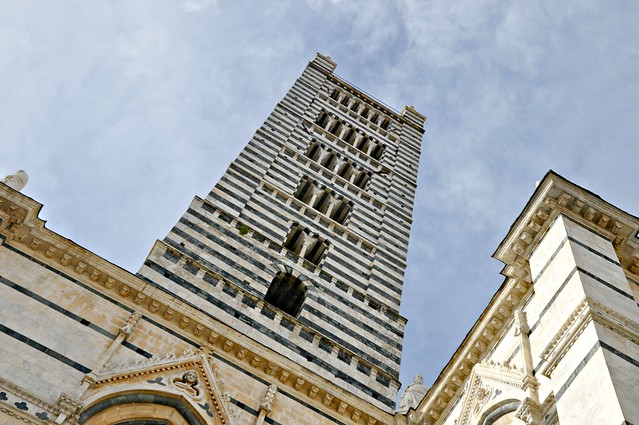
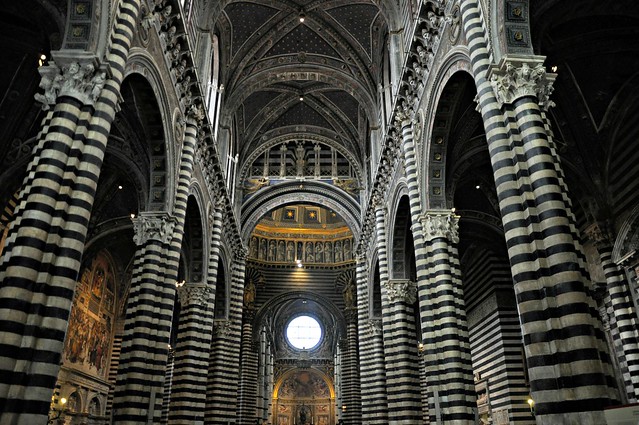
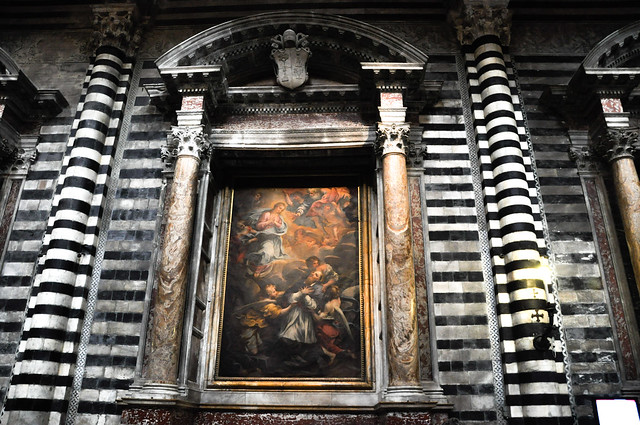
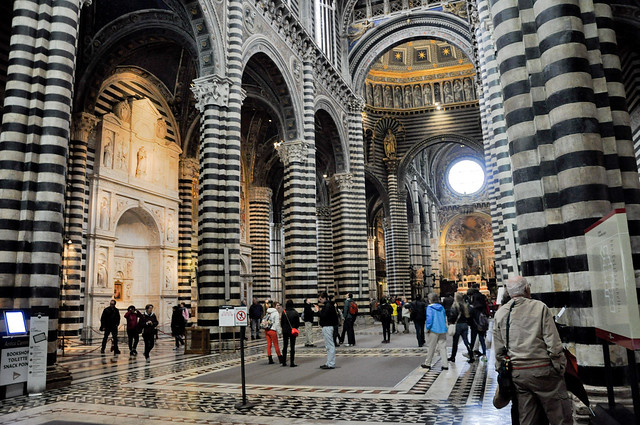
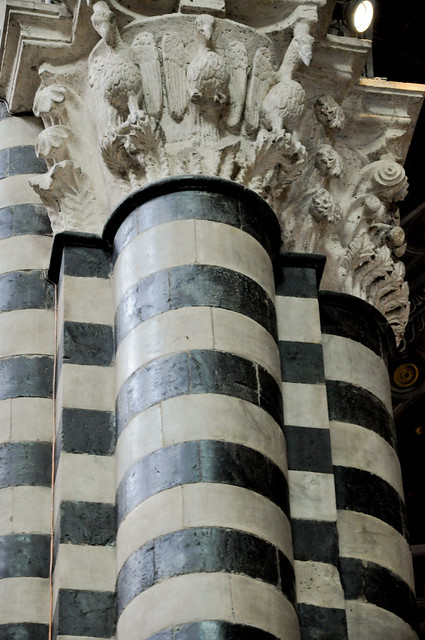
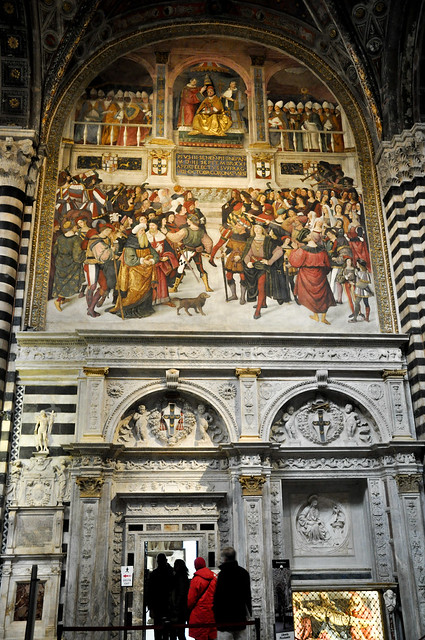
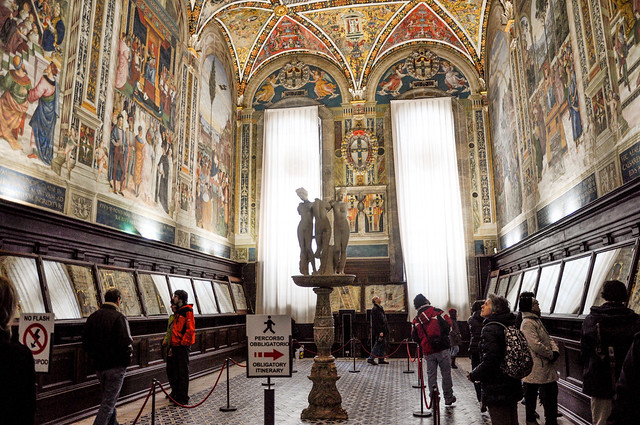
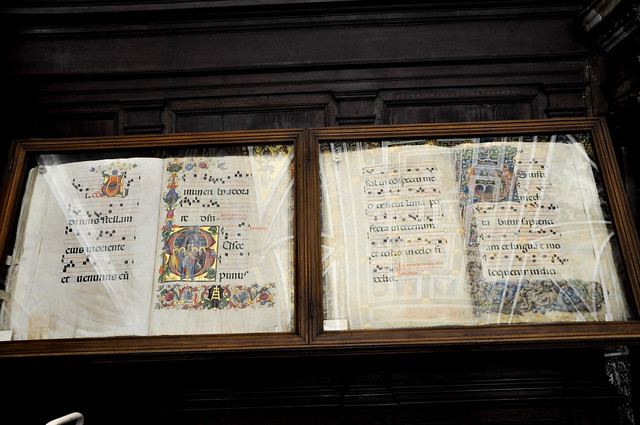
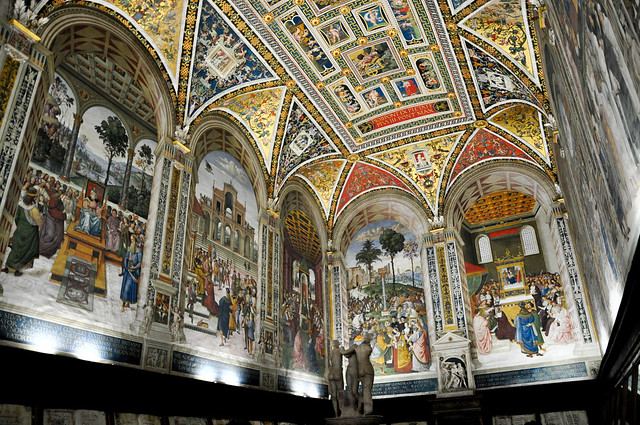
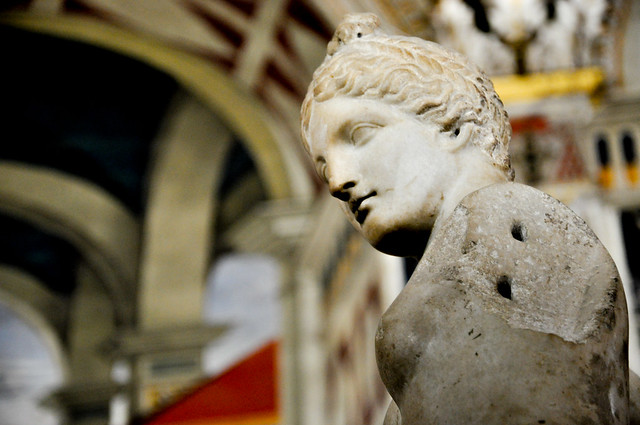
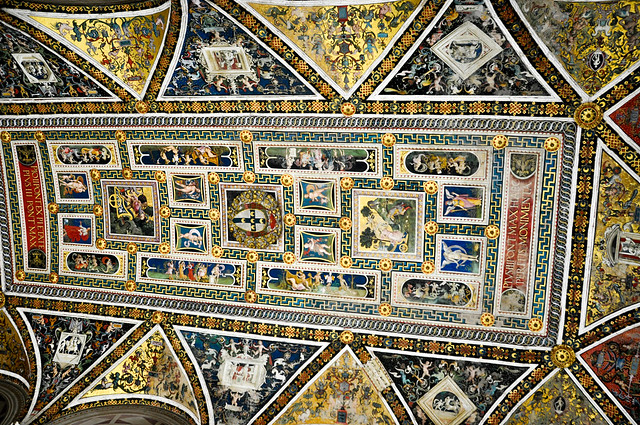
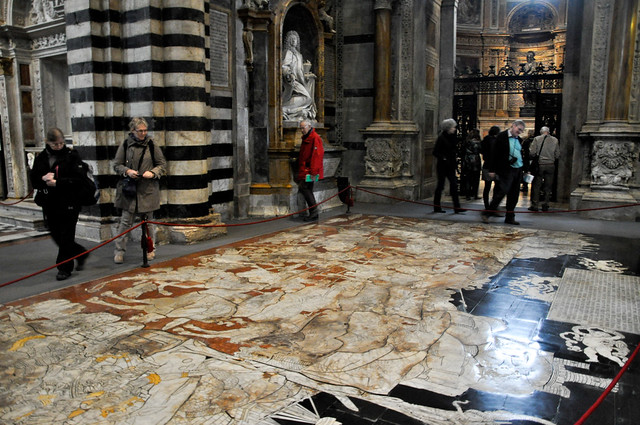

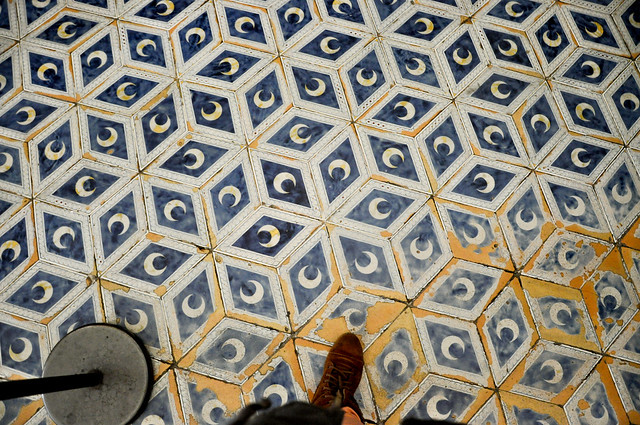
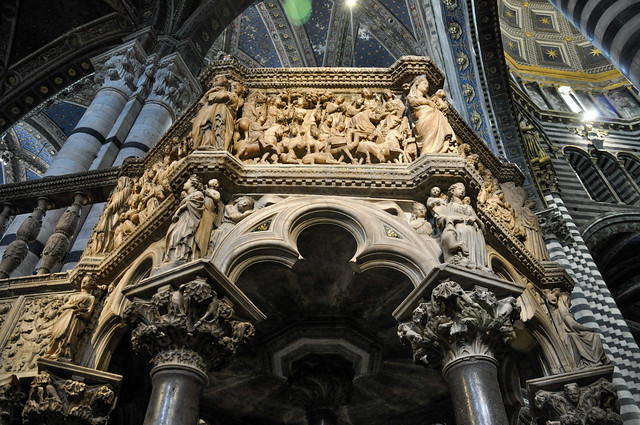
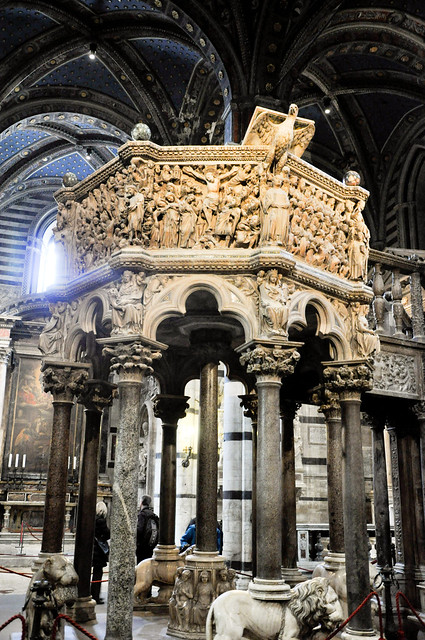
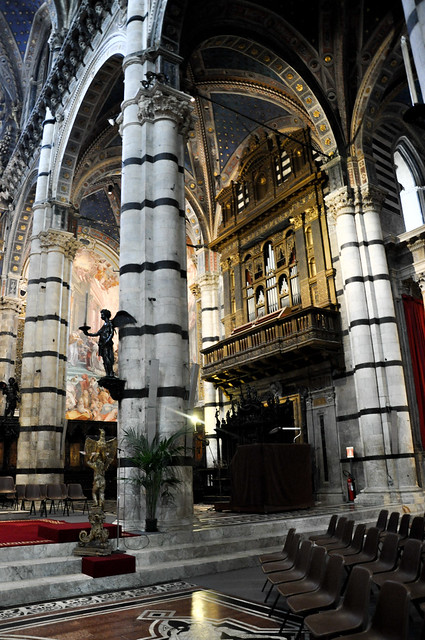
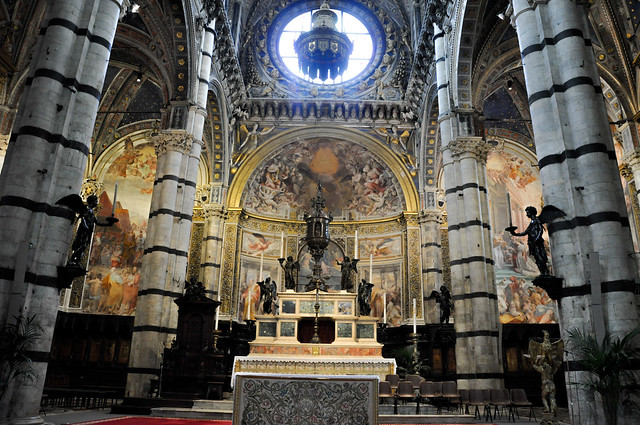
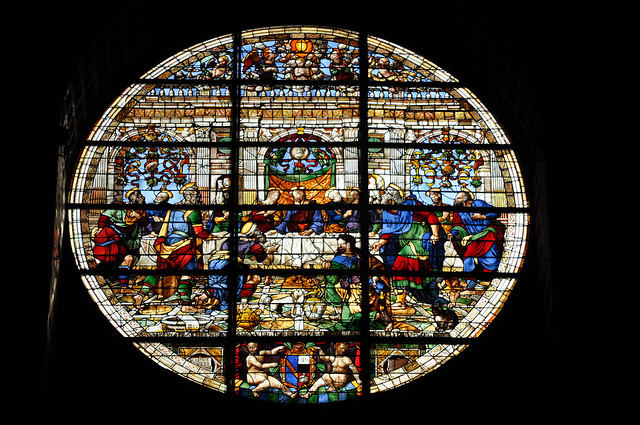
Within the great rivalry that has always existed between Florence and Siena for me there is one thing guaranteed, the best Duomo is the one of Siena. I do not know if they are comparable, the first is all about a splendorous outside and almost a disappointment inside (I know I have been picking on Florence's Duomo) but this may not impress much on the outside but it is nonetheless interesting and when you enter the admiration is such that here I think I caught the Stendhal Syndrome. (Please note this post is long)

A sua fachada consegue misturar vários estilos sem perder a harmonia, desenhada por Giovanni Pisano tem influências do gótico francês e da arquitectura románica. Construída no século XIV guarda no seu interior autênticos tesouros artísticos, símbolos do poder e riqueza que existiu em Siena.
O primeiro impacto é o mármore branco e negro que decora todo o interior, existem noutras igrejas da região seguramente mas quando o vês pela primeira vez sabes que estás diante de algo único, de algo que nunca viste em França, em Inglaterra, em lado algum apenas aqui. Junto ás colunas podemos ver cento e setenta e dois bustos de papas dos séculos XV ao XIV.
Depois começas a explorar as várias capelas, uma com a escultura de Donatello, túmulos de bispos decorados, quadros de cenas bíblicas e muito mais.
Its façade can mix various styles without losing it's harmony, designed by Giovanni Pisano it has influences of French Gothic and Romanesque architecture. Built in the fourteenth century holds inside authentic artistic treasures, symbols of power and wealth that existed in Siena.
The first impact is the black and white marble that decorates the whole interior, there are other churches in the area but certainly when you see this for the first time you know you're in for something unique, something never seen in France, in England, nowhere but here. Along the columns we can see one hundred seventy-two busts of popes from the XV to the XIV century.
Then you begin to explore the various chapels, one holds a sculpture made by Donatello, decorated tombs of bishops, paitings with biblical scenes and more.
Its façade can mix various styles without losing it's harmony, designed by Giovanni Pisano it has influences of French Gothic and Romanesque architecture. Built in the fourteenth century holds inside authentic artistic treasures, symbols of power and wealth that existed in Siena.
The first impact is the black and white marble that decorates the whole interior, there are other churches in the area but certainly when you see this for the first time you know you're in for something unique, something never seen in France, in England, nowhere but here. Along the columns we can see one hundred seventy-two busts of popes from the XV to the XIV century.
Then you begin to explore the various chapels, one holds a sculpture made by Donatello, decorated tombs of bishops, paitings with biblical scenes and more.








Entrámos na Biblioteca de Piccolomini e foi toda uma surpresa. É incrível. Ainda bem que ao fundo tem uns banquinhos porque é tão impressionante que precisas sentar-te para absorver toda a beleza desta pequena sala toda decorada com painéis de frescos que retratam a vida do Papa Pio II, nasceu em Siena e foi um dos mais influentes do Renascimento. São seus os manuscritos que vemos no interior.
Ao centro está uma cópia romana de uma escultura grega que retrata as Três Graças ou Cárites.
We have entered the Piccolomini Library and it such a surprise. It is incredible. I'm glad that in the background there are some stools because it is so awesome that you need sit down and absorb the beauty of this small room all decorated with panels of frescoes depicting the life of Pope Pius II, who was born in Siena and was one of the most influential of the renaissance era. It's his manuscripts that you can read inside.
At the center is a Roman copy of a Greek sculpture that depicts the Three Graces and Graces.
At the center is a Roman copy of a Greek sculpture that depicts the Three Graces and Graces.





E se te cansas de olhar para as paredes e para os tectos decorados? Podes sempre olhar para o chão e ver as histórias que contam. Uma parte está protegida por carpete, a outra deixam visível para que todos possam contemplar todo o detalhe e trabalho em relevo que dão vida ao próprio chão.
And if you get tired of looking to the decorated walls and ceiling? You can always look to the floor and the stories it tells you. A part is protected with carpet, the other is visible so you can contemplate every detail and the relief work that give it life.



Por último, uma nota muito especial para o Púlpito de mármore criado por Nicola Pisano e construido no século XIII e um vitral que retrata a última ceia.
Finally a special note for the marble pulpit by Nicola Pisano created and built in the thirteenth century and a stained glass window depicting the Last Supper.





More posts:


minha nossa que maravilha! são posts destes que me dão ainda mais vontade de viajar. se há coisa que quero fazer antes de morrer é ver o máximo possível do que o mundo tem para oferecer. não sou nadica religiosa, mas igrejas/capelas/mesquitas/basílicas/coisas dessas (percebe-se, não se percebe?) são realmente de uma riqueza não só arquitectónica mas também simbólica que deve ser indescritível encontrarmos-nos frente a frente com tamanhas obras!
ResponderEliminareu poria esta catedral na minha "bucket list", é das mais bonitas que já vi, vale mesmo a pena ;)
ResponderEliminar